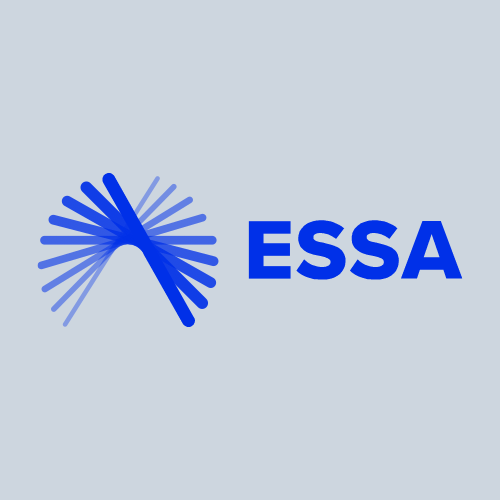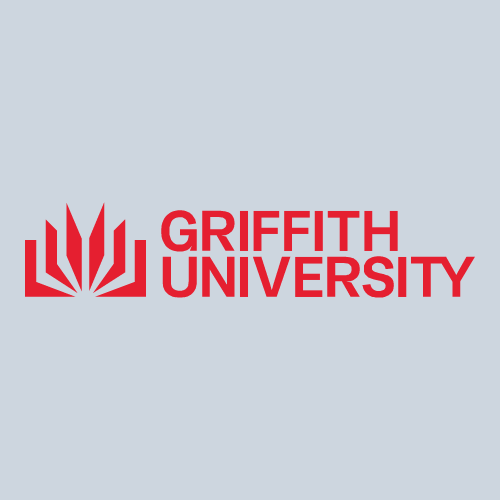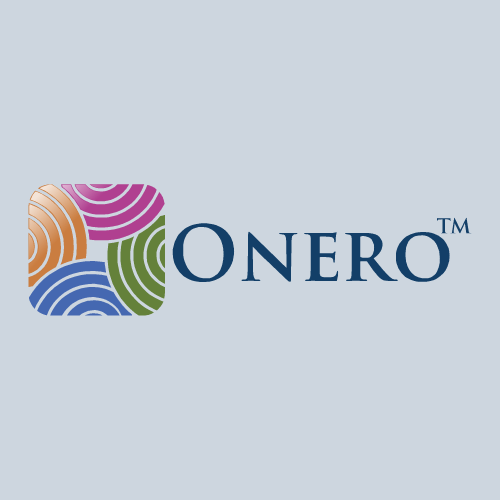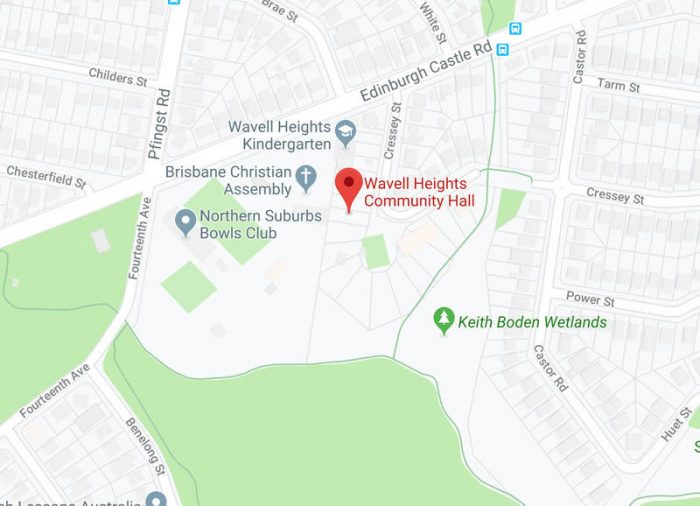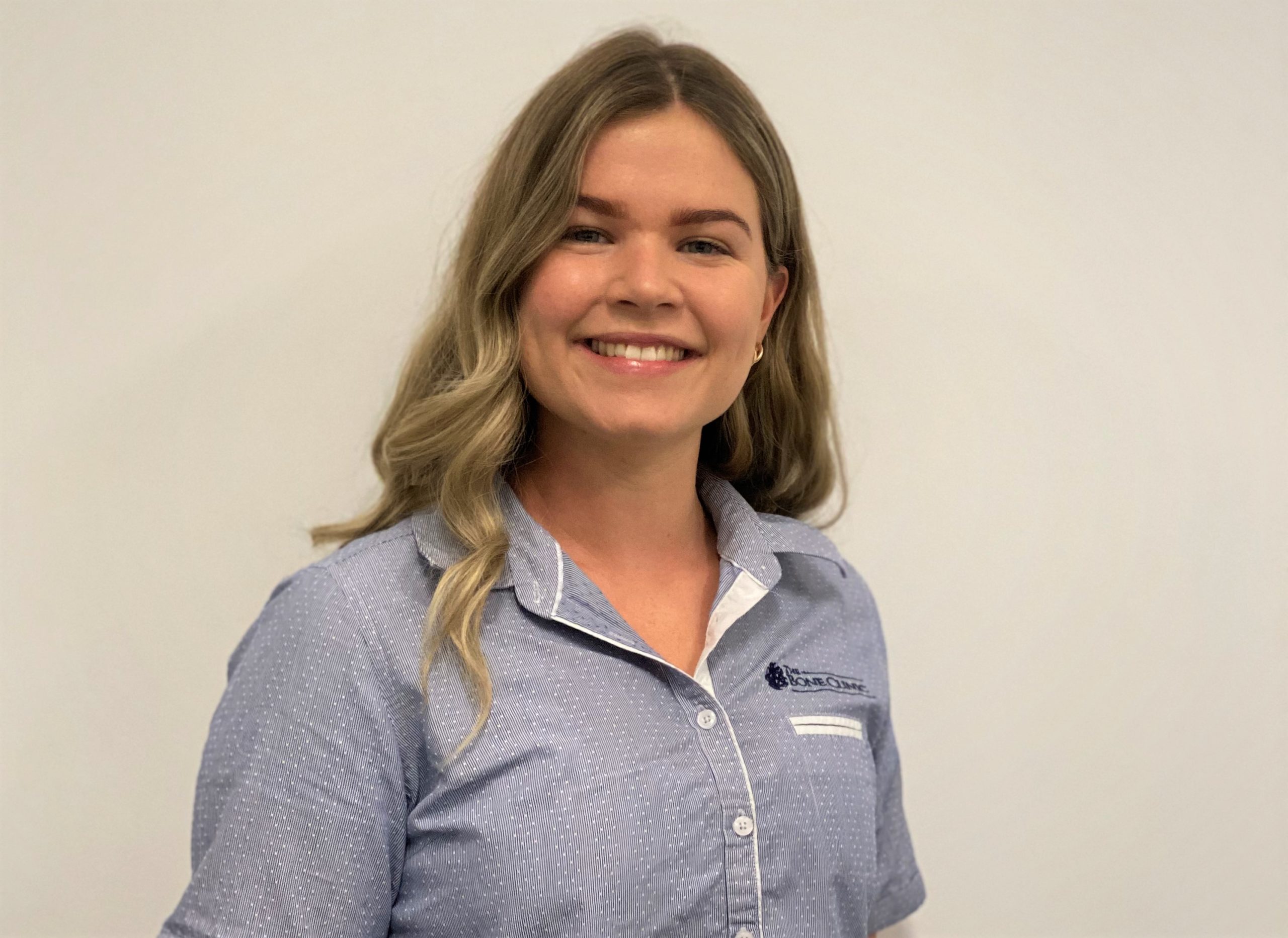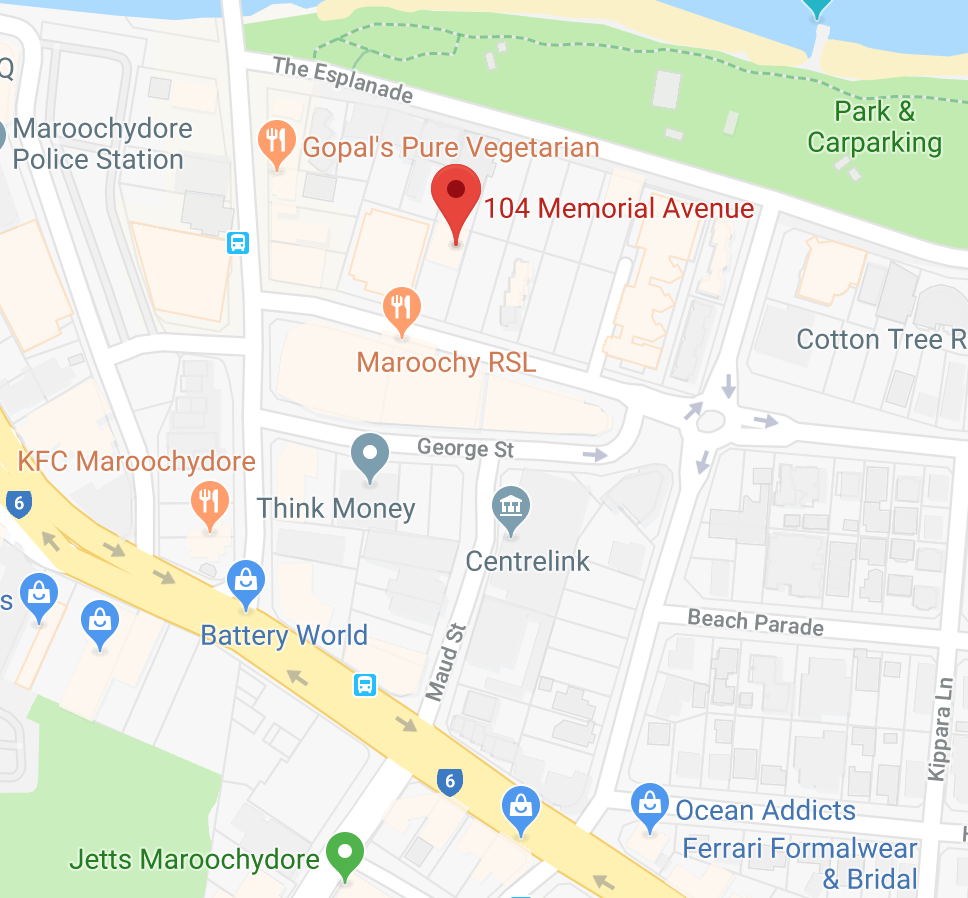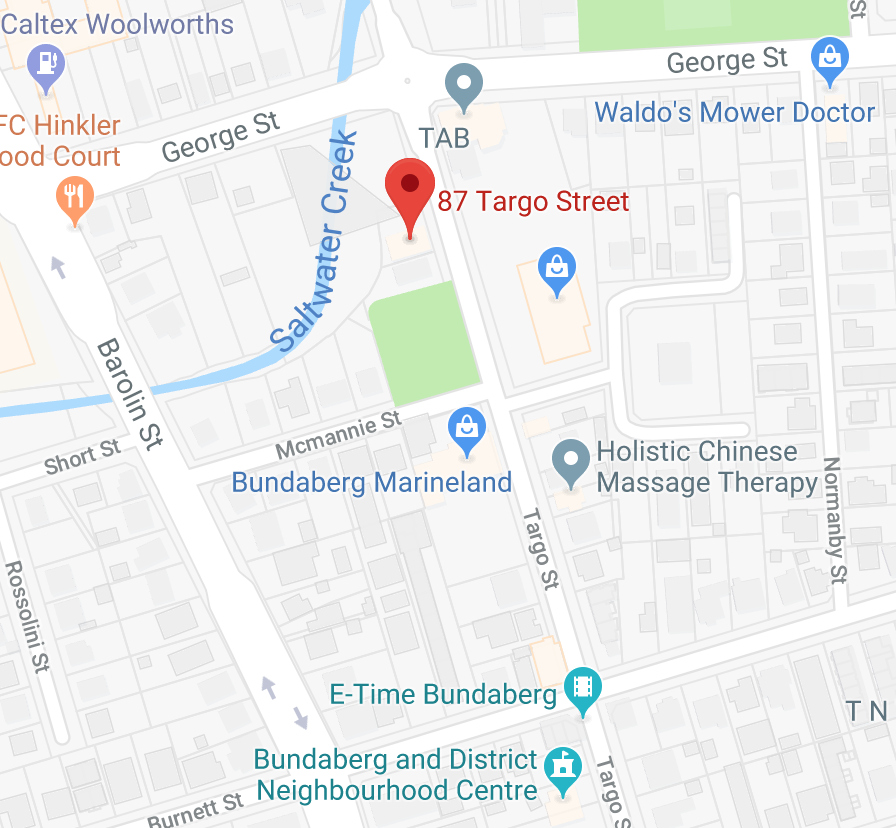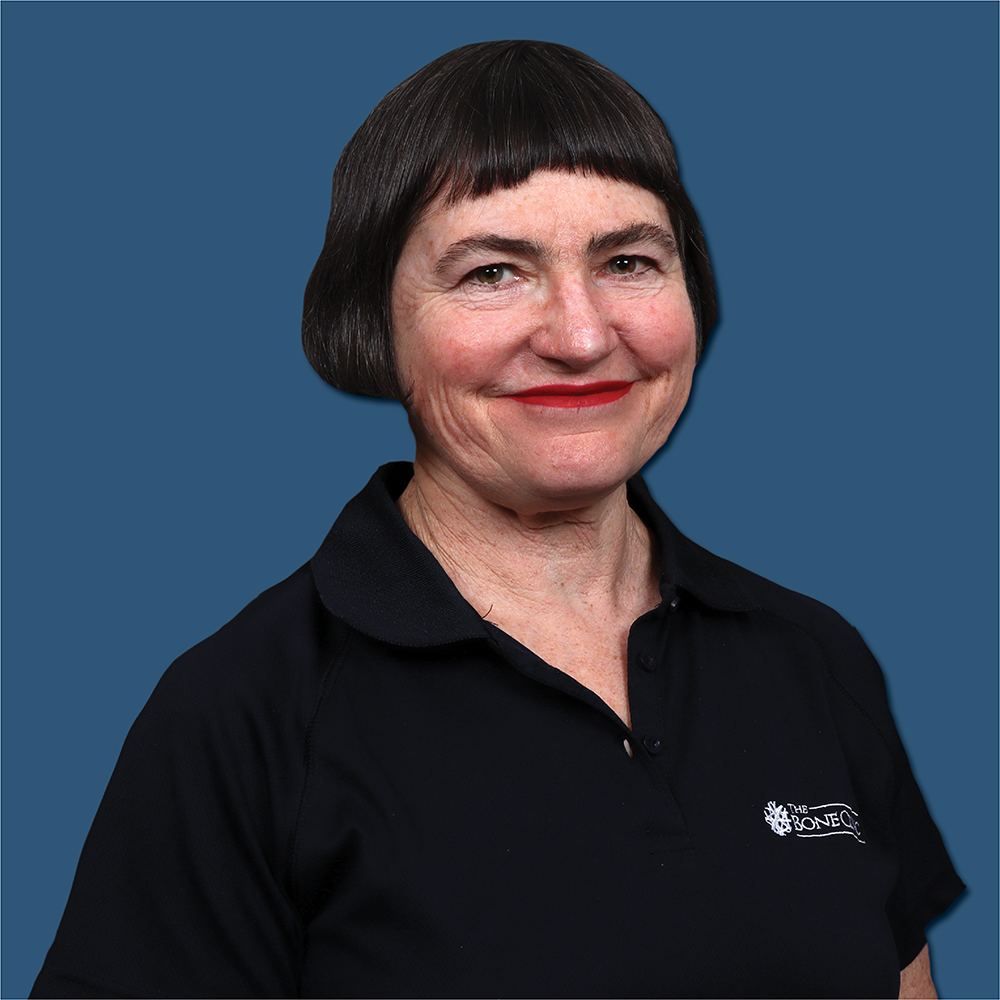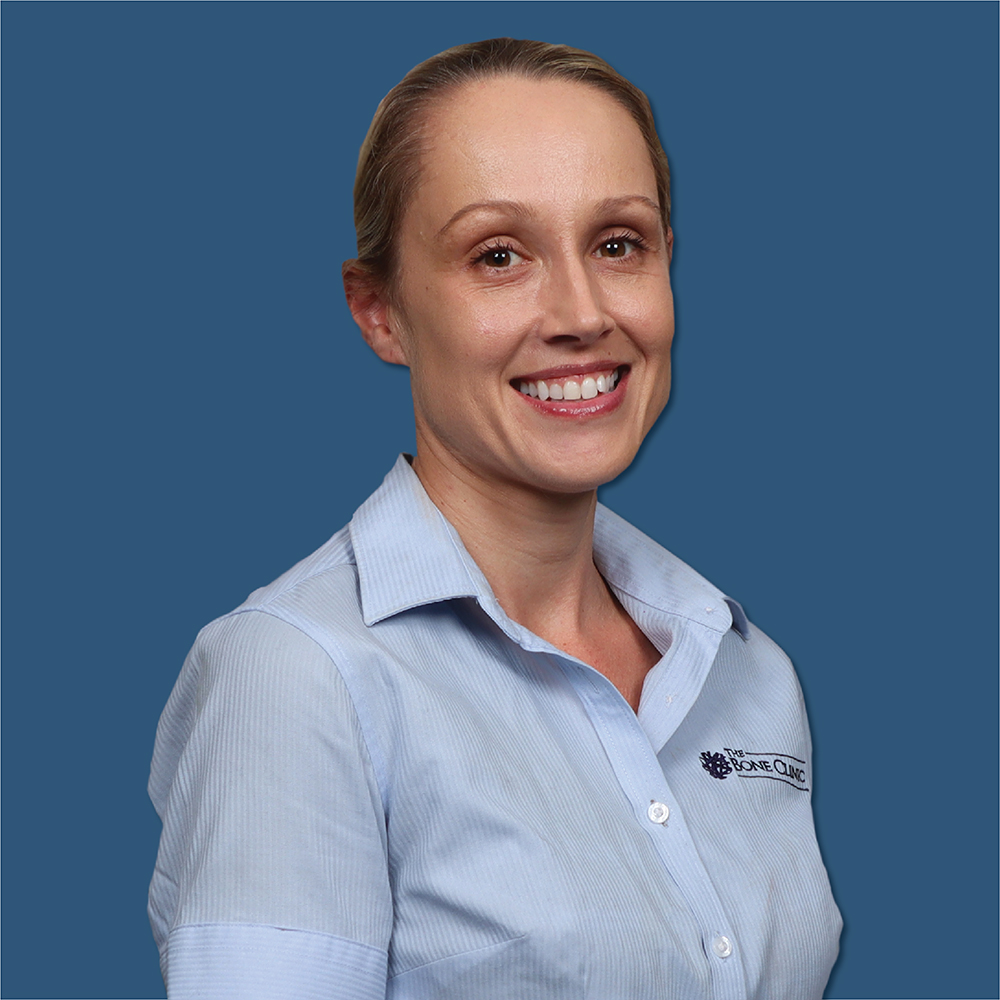About us
The Bone Clinic is a health service dedicated wholly to bone, muscle and joint health. The Bone Clinic is the first of its kind in Australia (actually the world), and provides inclusive care from physical evaluation, to practical treatment, including bone density tests, supervised exercise programs, dietary guidance and ongoing education, all in one convenient location.
Those who are at risk, or suffer from poor bone health, including osteoporosis, will find evidence-based treatment options at The Bone Clinic based on ground-breaking research conducted in Queensland.
How Can We Help
Keeping it Simple
Our methods are based on the latest scientific research in osteoporosis treatment including our trade-marked exercise program, ONERO™, the evidence-based exercise program now endorsed by Healthy Bones Australia. The exercise program is simple to learn and at only twice a week, will leave you plenty of time to manage your busy lifestyle. Everything you require to manage osteoporosis is here in the one location.
Find out moreKeeping you Safe
We employ both ESSA accredited Exercise Scientists and Exercise Physiologists who will supervise and manage your 12 month journey. You are assigned your own AEP who is responsible for your progress and keeping you safe. Via social media, monthly newsletters and seminars with Professor Belinda Beck, we keep you front and centre on the very latest in osteoporosis research and our results.
Find out moreContribute To Research
By employing seven simple functional assessments, the effectiveness of ONERO™ can be monitored. These tests form part of a vital strategy to track real world safety and effectiveness of the ONERO™ programme in the larger research project underway at The Bone Clinic. The risk of osteoporotic fracture is greatly increased in people who fall. ONERO™ training includes exercises to help prevent falls and thereby reduce osteoporotic fractures.
Find out moreResources
Privacy Policy
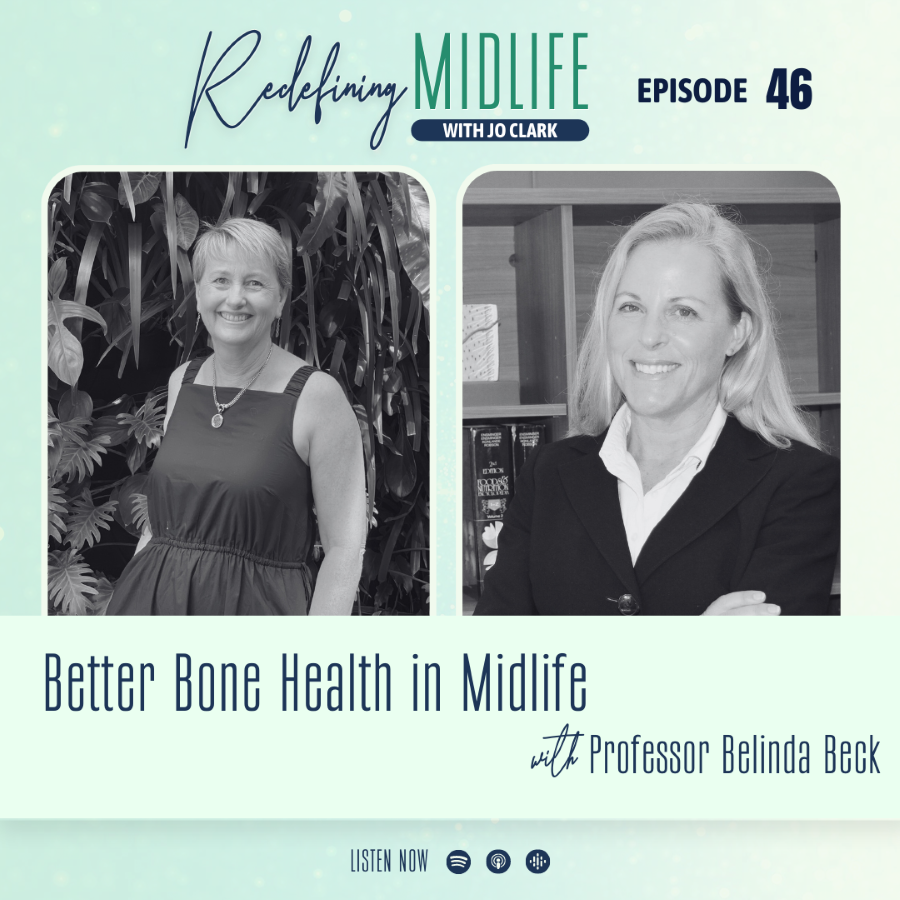
Better Bone Health Podcast
Interested in learning about bone health with aging? Listen to the Podcast here where Jo Clark from Redefining Midlife interviews our Director Belinda Beck about bone health and osteoporosis, including many tips about ways we can manage it.
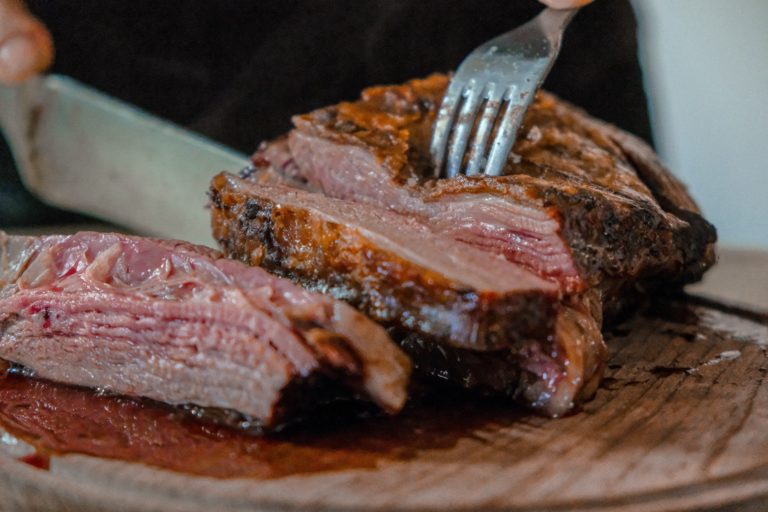
Guidelines for Meat Consumption
In the same statement the Heart Foundation made that full cream milk, yoghurt and cheese was now OK, they also made a statement on red meat and egg consumption which did not make as big of a headline. So we are going to spread the word!
Heart foundation Chief Medical Advisor (and cardiologist) Professor Garry Jennings advised, “We have introduced a limit of less than 350 grams a week for unprocessed beef, lamb, pork and veal. That’s around one to three lean red-meat meals a week, like a Sunday roast and a beef stir-fry.” He also recommended that processed and deli meats should be limited as they have been consistently linked to higher risk of heart disease and chronic conditions.
The majority of our protein should still be from plant sources such as beans, legumes, lentils and tofu, as well as fish and seafood, with smaller amounts from eggs and lean poultry. The message remains that heart-healthy eating is all about variety of protein sources. Although the limit of eggs has been lifted, for those who suffer from Type 2 diabetes it is still recommended to eat fewer than 7 eggs per week.
So what do we recommend in the protein department?
- Aim for healthy proteins such as fresh fish and seafood, plant-based proteins (legumes, lentils, tofu etc) with smaller amounts of animal-based proteins. Limit processed meat.
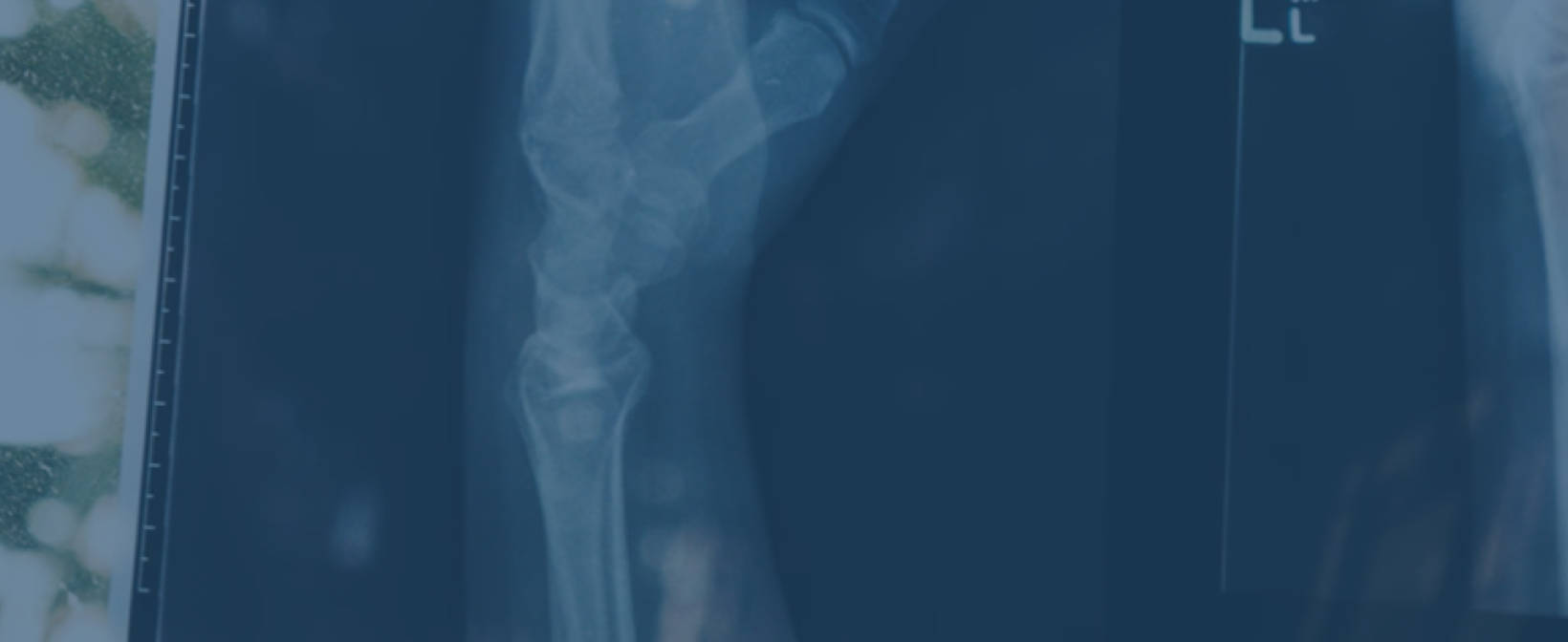
J.A.
J.A. Age: 56 Training: 2 x Onero per week. Results: Our client increased her lumbar spine Bone Mineral Density (BMD) by 8%, improving her T-score from -3.2 to -2.7. She also increased her femoral neck BMD by 2%, improving that T-score from -1.5 to -1.4. Functional Outcomes: She improved her muscle mass by over 1%…
View full case study
N.A.
N.A. Age: 58 Training : Onero twice per week (second year of Onero training) Bone Results: The client increased the bone mineral density of her lumbar spine by 6.05%, improving her T-score from -2.72 to -2.32. She has reversed the diagnosis of osteoporosis for the lumbar spine which is now in the osteopenic range. Functional…
View full case study

